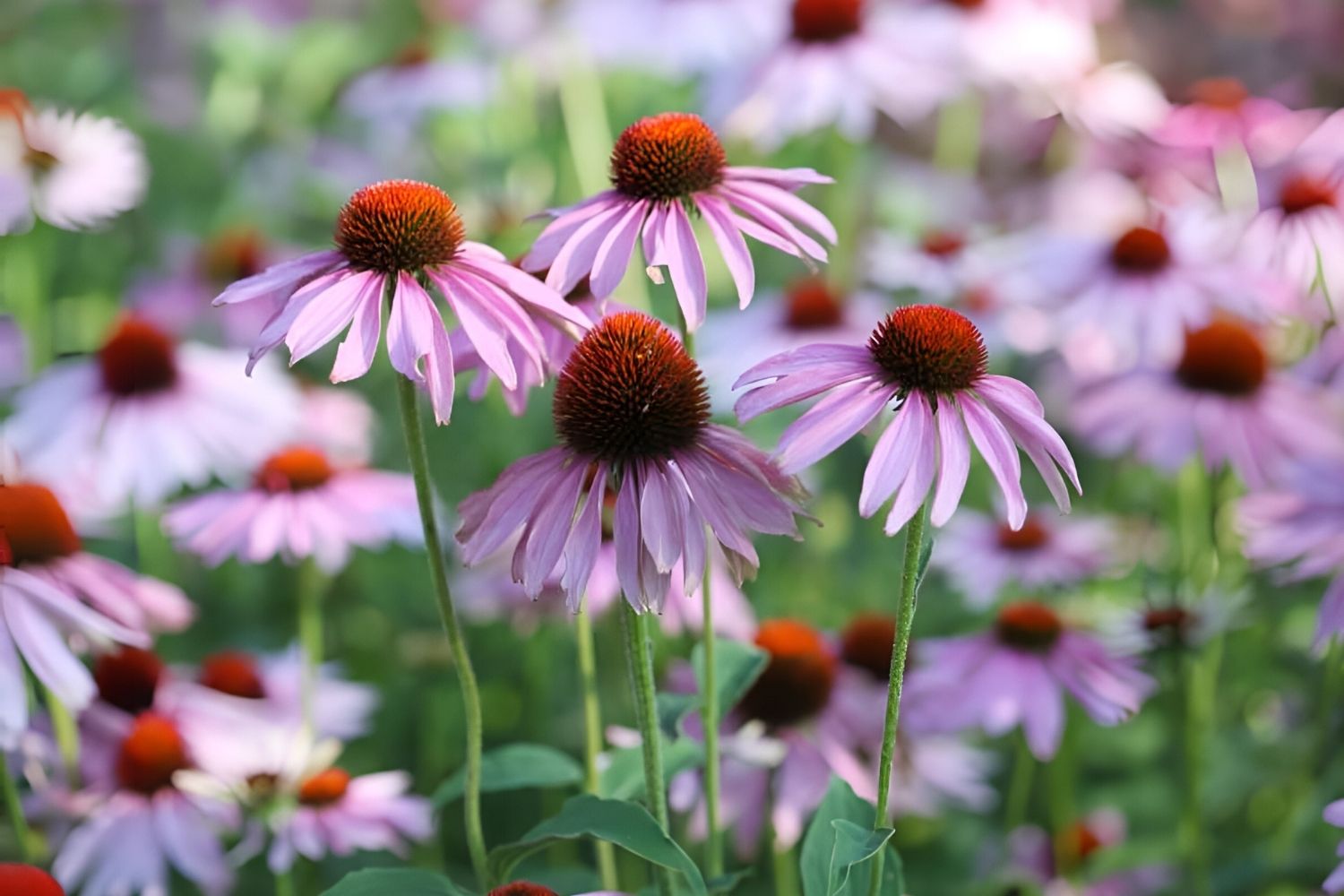
Native American plants hold a treasure trove of history, culture, and utility. These plants have been used for centuries by Indigenous peoples for food, medicine, and rituals. Ever wondered how the Three Sisters—corn, beans, and squash—work together to create a balanced diet? Or how sage and sweetgrass play roles in spiritual ceremonies? Native American plants aren't just flora; they are integral to the survival and traditions of many tribes. From the healing properties of echinacea to the nutritional benefits of wild rice, these plants offer a glimpse into a rich heritage. Ready to learn more? Let's dig into 28 fascinating facts about these remarkable plants!
Key Takeaways:
- Native American plants have been used for food, medicine, and materials for centuries, with modern applications still prevalent today.
- From medicinal marvels to versatile materials and spiritual significance, Native American plants showcase nature's resilience and continue to play a vital role in traditional and modern practices.
Native American Plants: A Rich Heritage
Native American plants have played a significant role in the lives of indigenous peoples for centuries. These plants provided food, medicine, and materials for daily life. Let's explore some fascinating facts about these remarkable plants.
Medicinal Marvels
Native American plants were often used for their healing properties. Many modern medicines have roots in these traditional remedies.
- Echinacea: Known for boosting the immune system, Echinacea was used by Native Americans to treat infections and wounds.
- Willow Bark: Containing salicin, which is similar to aspirin, willow bark was used to relieve pain and reduce fever.
- Yarrow: This plant was used to stop bleeding and heal wounds. It also served as a remedy for colds and flu.
- Goldenseal: Used as an antiseptic and to treat digestive issues, goldenseal remains popular in herbal medicine today.
- Black Cohosh: Native Americans used this plant to treat menstrual cramps and menopausal symptoms.
Nutritional Powerhouses
Many Native American plants were essential food sources, providing vital nutrients and sustenance.
- Corn: A staple crop, corn was cultivated in various forms and used in countless dishes.
- Beans: High in protein and fiber, beans were often grown alongside corn in a method called the Three Sisters.
- Squash: Another component of the Three Sisters, squash provided essential vitamins and minerals.
- Sunflowers: Native Americans used sunflower seeds for food and oil, and the plant's stalks for building materials.
- Wild Rice: This aquatic grass was a crucial food source for tribes in the Great Lakes region.
Versatile Materials
Beyond food and medicine, Native American plants were used to create tools, clothing, and other essential items.
- Cattails: The leaves were woven into mats and baskets, while the roots were eaten.
- Hemp: Used for making rope, clothing, and even ceremonial items.
- Yucca: The fibers from yucca leaves were used to make sandals, baskets, and ropes.
- Cedar: This tree provided wood for building canoes, homes, and totem poles.
- Birch Bark: Used for making containers, canoes, and even writing surfaces.
Spiritual Significance
Many Native American plants held spiritual importance and were used in rituals and ceremonies.
- Sage: Burned as incense in purification rituals, sage was believed to cleanse spaces and people.
- Sweetgrass: Often braided and burned, sweetgrass was used in ceremonies to attract positive energy.
- Tobacco: Used in sacred rituals and as an offering to spirits.
- Cedar: Besides its practical uses, cedar was also used in purification rituals.
- Juniper: Burned to ward off evil spirits and used in healing ceremonies.
Environmental Adaptations
Native American plants are often well-adapted to their environments, showcasing nature's resilience.
- Prickly Pear Cactus: This plant thrives in arid conditions and provides food and water.
- Blueberry: Adapted to acidic soils, blueberries were a vital food source in many regions.
- Maple Trees: Tapped for their sap, which was boiled down to make maple syrup.
- Cranberries: These berries grow in bogs and were used for food and medicine.
- Pine Trees: Provided nuts, resin, and wood for various uses.
Modern Uses
Many Native American plants continue to be used today, both in traditional practices and modern applications.
- Aloe Vera: Used for its soothing properties on burns and skin irritations.
- Ginseng: Valued for its energy-boosting and medicinal properties.
- Peppermint: Used for its digestive benefits and as a flavoring agent.
The Power of Native American Plants
Native American plants hold a treasure trove of knowledge and benefits. From medicinal uses to culinary delights, these plants have shaped cultures and traditions for centuries. They offer natural remedies for ailments, provide nutrition, and support sustainable living. Understanding their significance helps preserve biodiversity and cultural heritage.
These plants aren't just historical artifacts; they're living resources that continue to offer solutions for modern challenges. Whether you're interested in natural medicine, sustainable agriculture, or simply want to connect with nature, exploring Native American plants can be incredibly rewarding.
By appreciating and utilizing these plants, we honor the wisdom of indigenous peoples and contribute to a more sustainable future. So next time you see a plant, remember it might hold secrets passed down through generations. Embrace the power of Native American plants and let them enrich your life in unexpected ways.
Frequently Asked Questions
Was this page helpful?
Our commitment to delivering trustworthy and engaging content is at the heart of what we do. Each fact on our site is contributed by real users like you, bringing a wealth of diverse insights and information. To ensure the highest standards of accuracy and reliability, our dedicated editors meticulously review each submission. This process guarantees that the facts we share are not only fascinating but also credible. Trust in our commitment to quality and authenticity as you explore and learn with us.
